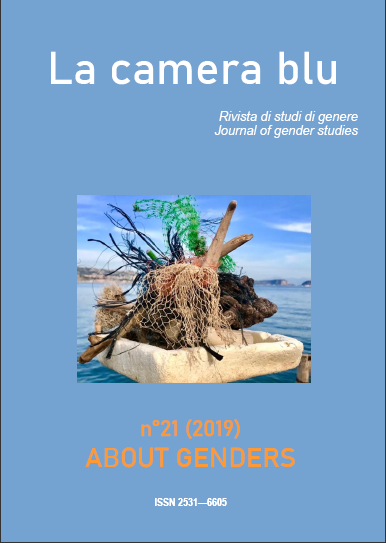Protective and risk factors of the self-objectification process: a cross-cultural research
DOI:
https://doi.org/10.6092/1827-9198/6661Keywords:
self-objectification, Body Shame, Body Surveillance, cultural differencesAbstract
Self-objectification occurs when individuals consider themselves as objects to be looked at and evaluated based on appearance. Literature has largely documented the damaging psychological consequences of this process, but its antecedents remain underexplored.
The study investigated the antecedents of self-objectification from a cross-cultural perspective. A total of 2566 adults (54% F; average age=33.78; DS=9.15), Italians (14.2%), Romanians (19%), Polish (31.3%), English (14.3%) and Iranians (21.1%), filled in a questionnaire that detected:
Self-objectification (Body Shame and Body Surveillance);
The internalization of the standards of beauty of the media;
Self-esteem;
The influence of significant others;
Social and personal characteristics and the BMI.
Data were analyzed separately for the five countries through regression models.
The results showed that Body Shame and Body Surveillance are associated with individual aspects – psychological and physical – and socio-cultural, whose role seems to vary across countries. Specifically, key variables are self-esteem and the internalization of beauty standards proposed by the media, especially referring to body shame. In order to promote protection factors that hinder self-objectification, it seems necessary to identify common and specific elements of the different cultural contexts.
Downloads
Downloads
Published
How to Cite
Issue
Section
License
La camera blu is an open access, online publication, with licence CCPL Creative Commons Attribution 3.0 Unported


